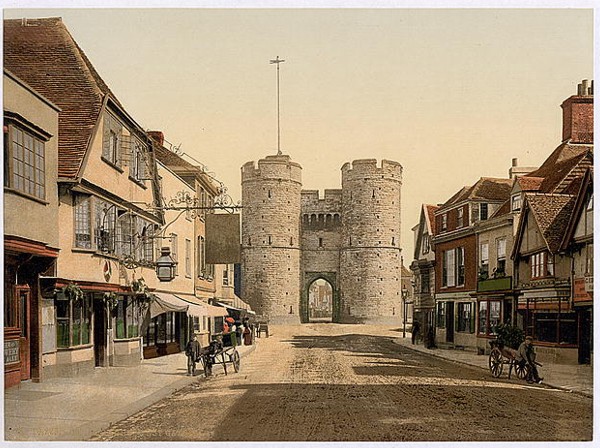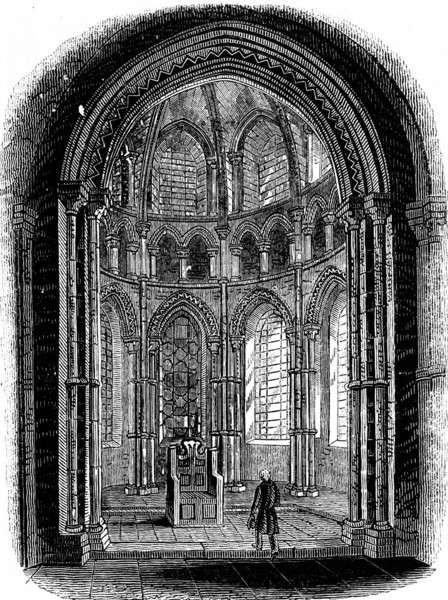
(go to Abbey Pages Home)
(go to Monastic Pages Home)
(go to Historyfish Home)
Leave a Comment
 |
<<Back
to Abbeys of the British Isles. (go to Abbey Pages Home) (go to Monastic Pages Home) (go to Historyfish Home) Leave a Comment |
 |
    |
||
|
Canterbury Cathedral
 
Canterbury
Gate, West Gate
Download 959 KB JPEG of this image.   Canterbury
Cathedral. Thanks to fromoldbooks.org
 Chapel of the Holy Trinity. Thanks to fromoldbooks.org
Back to top |
||
|
Copyright (c) Richenda Fairhurst and historyfish.net, 2007 All rights reserved. No commercial permissions are granted. Keep author, source and copyright permissions with this article. Historyfish intends to generate discussion through shared information and does not claim to provide, in any way, formal, legal, or factual advice or information. These pages are opinion only. Opinions shared on historyfish are not necessarily the opinions of historyfish editors, staff, owners or administrators. Always consult proper authorities with questions pertaining to copyrights, property rights, and intellectual property rights. |
||